


Compact sport utility vehicle (SUV) or a multi-utility vehicle (MUV)? The Quanto, the Xylo’s younger sibling from Mahindra, makes you wonder
THE EXCISE DUTY ON sub-four-metre cars with a diesel engine smaller in capacity than 1,500 cc is 12 per cent of the cost of manufacturing while the cars outside this criterion attract 27 per cent duty. These regulations clearly indicate the government’s intention to promote the small car segment and they have certainly had the desired effects.


 The Indian automobile market is full of small cars and the price range begins from as low as Rs 1.7 lakh. As a result, the customer is spoilt for choice, but, on the other hand, there is cut-throat competition among the original equipment
The Indian automobile market is full of small cars and the price range begins from as low as Rs 1.7 lakh. As a result, the customer is spoilt for choice, but, on the other hand, there is cut-throat competition among the original equipment
manufacturers (OEM). So developing a small car is no longer the solution. However, in a price-sensitive market like
ours, a big car with a small price-tag –now, that’s innovation! The OEM saw this opportunity in the regulations and it has led to some unconventional cars in recent times. The Mahindra Quanto is the latest entrant into this club and the 5,000 bookings that Mahindra have registered for it is a proof that the formula works.
It is easily apparent that the Quanto is based on Mahindra’s MUV, the Xylo. It has the same wheelbase as the Xylo and the design is almost identical until the B-pillar. The difference lies at the back, where, unlike the Xylo, the Quanto’s D-pillar is very close to the C-pillar, after which it ends abruptly with a massive tail-gate. The 15-inch spare wheel is mounted on this tailgate and is enclosed in a sporty cover to highlight the car’s SUVness. The Quanto can be easily mistaken for its bigger sibling when seen from the front, but the new tail-end gives it a distinctly different look from other angles.
There are a few cosmetic changes as well, which can be spotted on closer inspection. The front lip of the Quanto has a curve above the grille. The headlights have a slightly different detailing while the rear fog lamps and their recesses have been redesigned completely and both these units have clear lenses. The tail-lights are shorter than those on the Xylo and are located higher up on the D-pillar. The black plastic panels below the front bumper and on the
wheel-arches are absent and the rear spoiler found on the Xylo is also missing.
The Quanto’s cabin is nearly identical to that of the Xylo. It has a dual-tone interior in shades of grey with fabric upholstery and the build quality is decent for a car in this price range. There is a lot of space to move around since it is as wide as the Xylo and has a high roof. The front seats have armrests and can be manually adjusted for lumbar support. They also have collapsible snack trays behind the back-rest for the rear passengers, which are good enough for light items. The rear seat is fixed and the back-rest of the bench is almost upright. The rear knee-room has also been compromised a bit.


 Looking at the Quanto from outside, it looks as if there are two rows of seats and a decent-sized boot. However, open the tailgate and you will find two more seats facing each other, with their back-rest against the sides of the car. They have no seat-belts and the seating is very uncomfortable as there is hardly any space. Nevertheless, these seats can be folded up against their back-rest to increase the boot space.
Looking at the Quanto from outside, it looks as if there are two rows of seats and a decent-sized boot. However, open the tailgate and you will find two more seats facing each other, with their back-rest against the sides of the car. They have no seat-belts and the seating is very uncomfortable as there is hardly any space. Nevertheless, these seats can be folded up against their back-rest to increase the boot space.
Our test car was the top-of-the-line C8 variant of the Quanto, which is very wellequipped, to say the least. It has ABS and air-bags for passenger safety and an engine-immobiliser for theft prevention. Proximity sensors help the driver while parking the car and the follow-me-home lights stay on for a few seconds after the car is locked for the driver to find his or her way in the dark. It also features the engine start/stop system for fuel conservation. The digital screen on the dashboard displays the speed of the car, the gear engaged, ambient and cabin temperatures, clock, current fuel efficiency and the range of the car. The instrument panel contains white backlit dials of the analogue speedometer, tachometer and fuel gauge while the odometer and trip meter are digital. Electrically adjustable outer rear-view mirrors, manually adjustable dimming mirrors, mobile chargers in all three rows, a stereo system that offers multiple data input options, with speakers mounted on the doors of the first two rows, anti-pinch window glass, child lock, rear wash/wipe, front and rear fog lamps, illuminated glove box-keyhole-under side of the doors and the dead pedal complete the long list of useful features usually found in higher segment cars.
However, there are a couple of things we did miss inside the Quanto. The airconditioning system has good cooling
power, but there are no vents for the second and third rows. Secondly, it does not have steering-mounted controls.
The Quanto is powered by Mahindra’s new, three-cylinder, turbocharged, 1,493-cc common rail diesel engine that fits perfectly within the excise regulations. It produces 100 PS of power at 3,750 revs and 240 Nm of torque between 1,600 and 2,800 RPM. The engine has the typical exhaust note of a three-cylinder configuration, but does not
sound harsh.
The Quanto is rear wheel-driven and has a clunky five-speed manual gearbox, which it shares with the Xylo. In spite of the good power output, though, it does not perform very well due to its 1,640 kg of weight. There is ample torque above 1,500 RPM, but it still takes 17.35 seconds to accelerate from 0 to 100 km/h and the roll-on timings are poor even though it has a good midrange. The Quanto tops out at just over 140.8 km/h in the fifth gear, but we are not
complaining about the low top-speed as the Quanto is not suited for high speeds anyway. It has a lot of body-roll in spite of the reduced height and the suspension set-up is softer than required, which makes the car bounce even over the small bumps on the road.
The Quanto we tested returned a fuel efficiency of 10 km/l in city conditions and 15 km/l on the highway, with an average slightly lesser than the Xylo’s in spite of the smaller engine. Braking power comes from disc brakes on the front wheels and drums on the rear. The Quanto recorded good deceleration times, but the back and forth rocking of the body makes braking a nervous moment.
Mahindra have projected the Quanto as a compact SUV fit for weekend getaways. However, it neither has the performance of an SUV nor the practicality of an MUV as the last two seats can be used only in emergencies. The USP of the Quanto is its price range, the space inside the cabin and the features it offers. The basic C2 variant is
priced at Rs 6.66 lakh and the range goes up to Rs 8.41 lakh for the top of the line C8 variant, with two more variants in between these two. That’s hard to beat.
In a price-sensitive market like ours, a big car with a small price-tag – now, that’s innovation!
Story: Piyush Sonsale
Photography: Sanjay Raikar






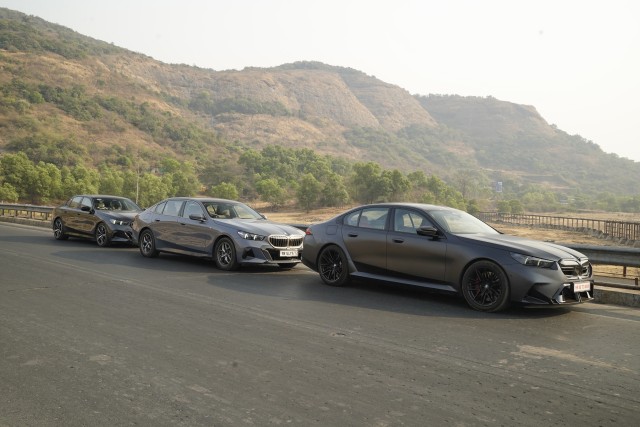

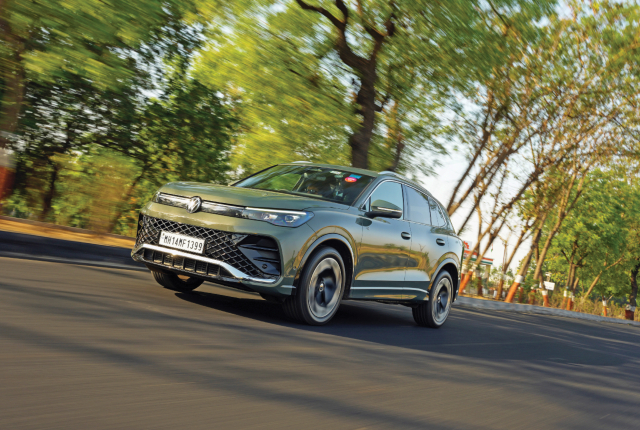
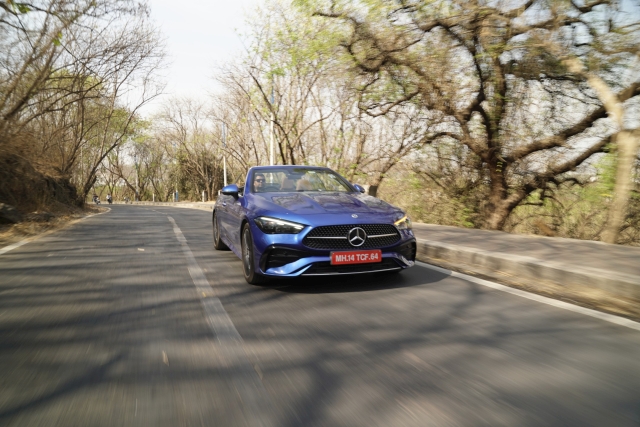

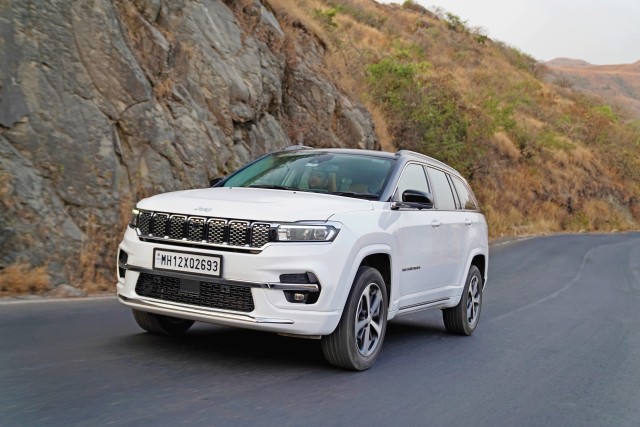
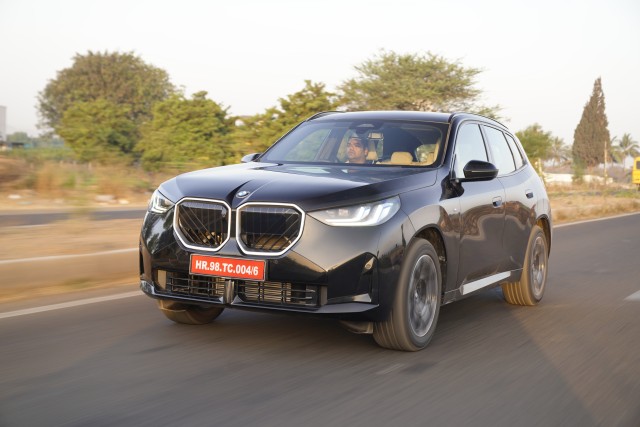
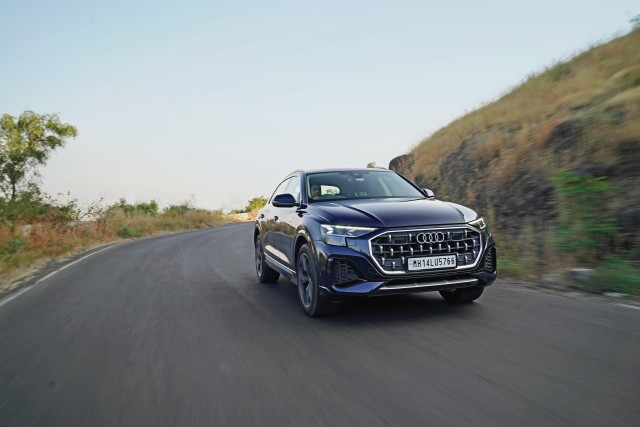
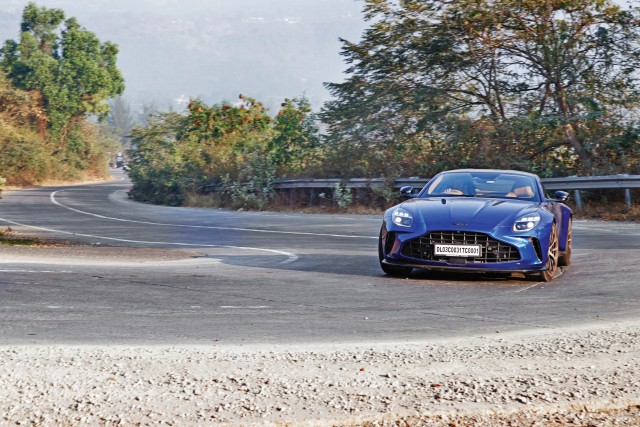
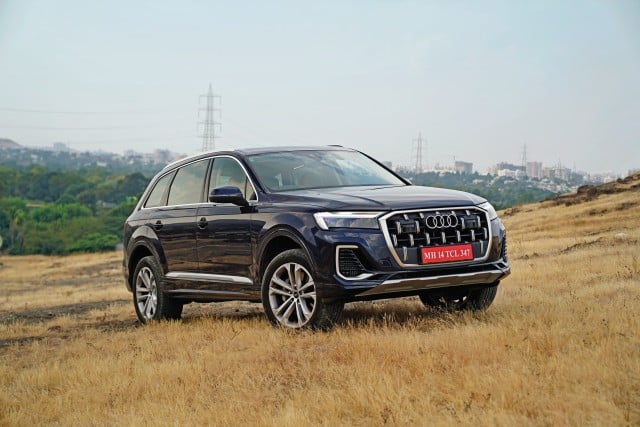
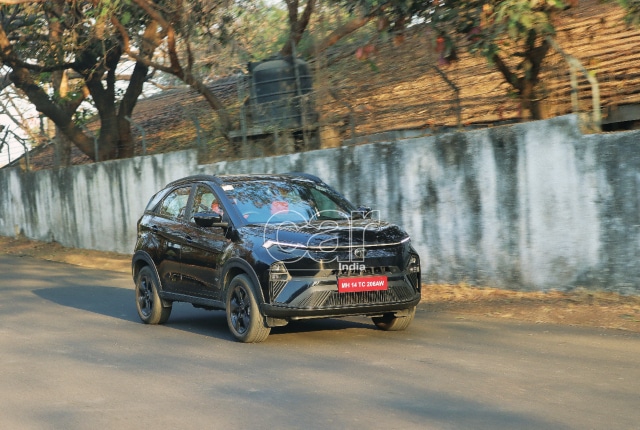




Leave a Reply